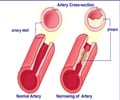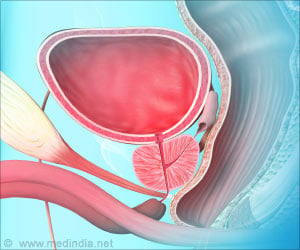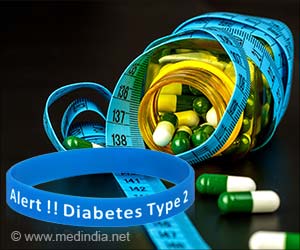Scientists have identified a promising new target for the development of a new class of cholesterol lowering drugs.
They have found that the degradation by PCSK9 of the LDLR receptor, which is responsible for removing the bad cholesterol (LDL cholesterol) from the bloodstream, could be inhibited by a third protein, annexin A2.This major discovery was made by the team of Dr. Nabil G. Seidah, Director of the Biochemical Neuroendocrinology Research Unit at the IRCM.
Previous studies have shown that PCSK9 is a prime therapeutic target for the prevention and treatment of cardiovascular diseases.
PCSK9 proprotein convertase promotes the degradation of the receptor responsible for eliminating particles.
Thus, the presence of PCSK9 leads to a surplus of bad cholesterol in the bloodstream and contributes to plaque formation, leading to blockage of blood vessels and arteries.
This phenomenon is a major risk factor that can lead to cardiovascular diseases, such as heart attack, atherosclerosis and stroke.
Advertisement
On the other hand, in people with a non-functional mutation in the gene coding for PCSK9, a decrease in its activity brings down the LDL cholesterol concentration levels in the bloodstream and diminishes by up to 88 percent the risks of developing cardiovascular diseases.
Advertisement
According to researchers, this discovery should pave the way toward the development of a new drug that would lower blood cholesterol to recommended levels.
The study was published on November 14 in the Journal of Biological Chemistry (JBC).
Source-ANI
SPH









